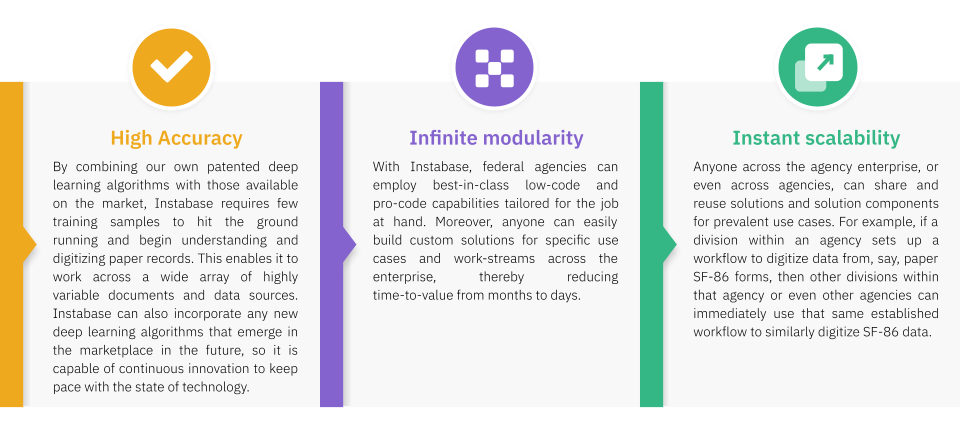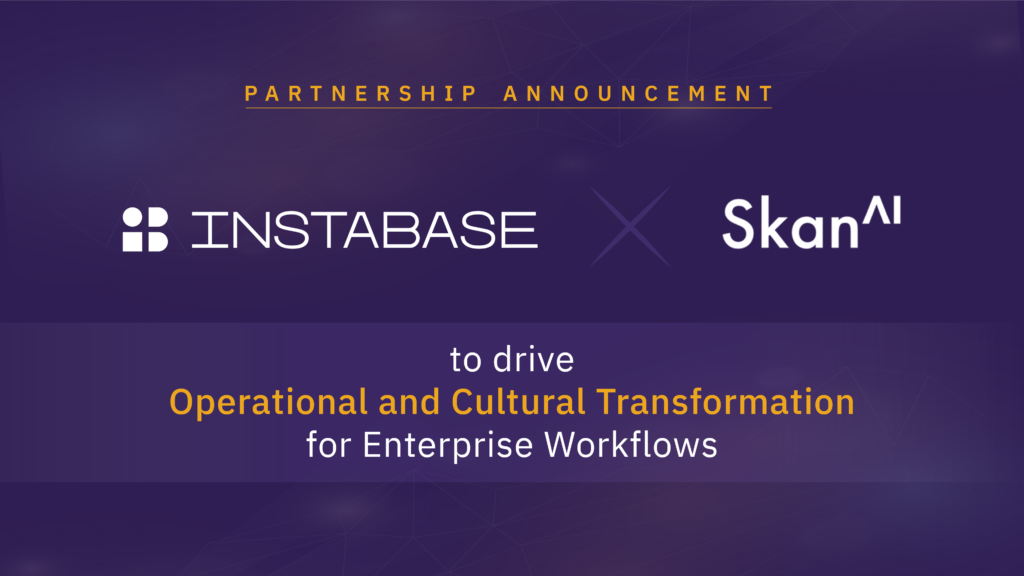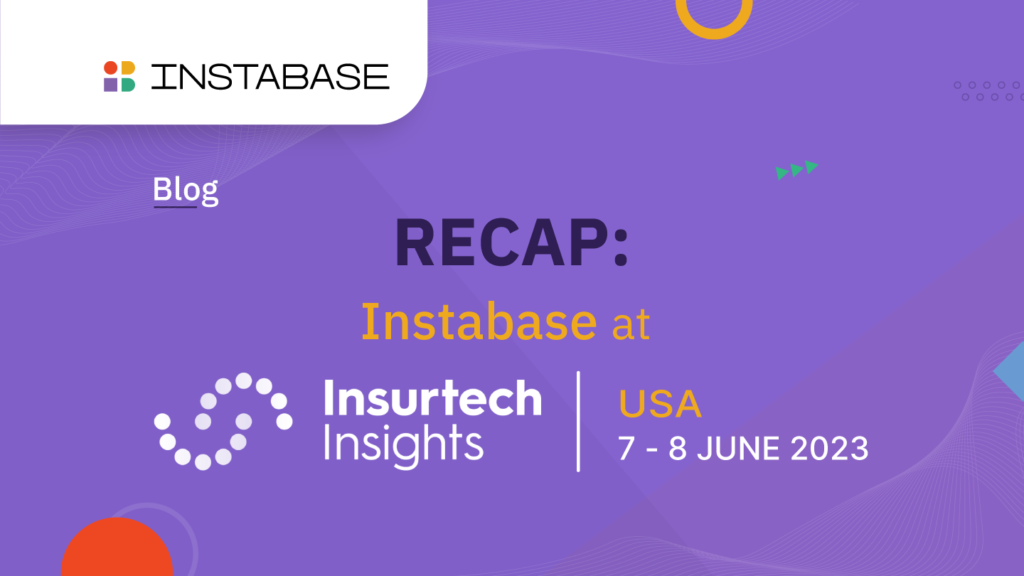By now, all federal agencies are aware of the governmentwide requirement to transition all records and documents — both temporary and permanent — into a digital format for archiving. This requirement, embodied in the 2019 Office of Management and Budget/National Archives and Records Administration memo M-19-21, states that “after December 31, 2022, NARA will no longer accept new transfers of permanent or temporary analog records to the fullest extent possible.”
The reasons for this move are understandable: the federal government spends hundreds of millions of taxpayer dollars and thousands of hours annually to create, use, and store paper and other non-electronic records. Maintaining these large volumes of analog records requires dedicated resources, management attention, and security investments that would be better applied to managing electronic records. When forms and documents are in analog formats, it makes it harder for citizens to conduct business with the government because they have to do so in person or via the mail.
But there is perhaps a bigger motivation at work here: when agencies use analog records, the data in those records become trapped and unusable unless it is extracted manually at great time and expense.
Data embedded in paper documents and other analog formats is known as unstructured data. When we look at the large enterprises we work with today, we find that roughly 80 percent of their data is unstructured. The remaining 20 percent of their data is structured, meaning it is highly organized and formatted to be easily used and processed by machine learning algorithms and programming languages such as structured query language (SQL).
To use unstructured data, agencies must expend significant effort to reformat it — usually by manually entering that data into electronic systems — so it can be used in data processing and analytics applications. This unstructured data includes data embedded in analog records, such as paper documents, images, emails, handwritten text, and the like. Because the task of harvesting unstructured data is so labor-intensive and time-consuming, it often goes untapped and becomes forever entombed in its analog formats.
This predicament runs counter to federal initiatives, like the Federal Data Strategy, that aim to unlock the strategic value of the vast stores of data in the government’s possession. When large percentages of otherwise valuable data are in paper or other analog formats, they cannot be quickly or easily processed, shared, analyzed, or converted into actionable insights that can advance and accelerate mission-supporting programs and decisions.
Just consider, for example, how valuable it would be to a federal enterprise if paper-based data could be quickly and economically harvested. Think of the types of data residing in tax forms, receipts, invoices, purchase orders, visa applications, passports, driver’s licenses, certificates, maintenance logs, fleet records, loan applications, corporate records, personnel records, court records, financial transactions, health records, supply chain documents, photos, handwritten texts, and more.
Unfortunately, the old ways of document processing are simply too cumbersome to be of much use to federal enterprises. This is where Instabase can be so helpful to many federal agencies. Instabase is dramatically advancing the frontier of document understanding. Our hyper-automation software platform employs deep learning to quickly and economically unlock the value and meaning of all document types — from structured, repeatable forms to highly variable, unstructured data — to drive improved operational outcomes for federal agencies.
Only Instabase combines these three important pillars into an enterprise-grade solution for document understanding and digitization:

Here is the most valuable thing about Instabase for federal agencies: it not only digitizes paper documents and records quickly and economically, but it also helps agencies realize immediate value from that unstructured data. Once Instabase converts a paper document into digital data, it can then refine, manipulate, reformat, clean, and validate that data as needed. Instabase can further enrich that data using API connections with any internal or external system or database. For example, Instabase can import that data into Salesforce, collate it with related data from another database, or process the data through various filters to identify patterns or anomalies.
Moreover, Instabase can intelligently extract data from handwritten texts, foreign language documents, data tables within documents, and even low-resolution or blurry images.
And while most document solutions in the marketplace are point solutions that apply to a narrow band of documents, Instabase is highly modular and adaptable, due to its open architecture design, so that it works across many classes, formats, and types of documents.
In short, Instabase can help your agency quickly and economically comply with the M-19-21 Electronics Records directive; but it can do so much more by intelligently enriching and circulating your unstructured data to where it can add value to your agency’s daily operations.
To learn more about how Instabase can help your agencies, please contact: federal-info@instabase.com
Learn more about Instabase’s Public Sector Solutions
Streamline document processes with Instabase today.



